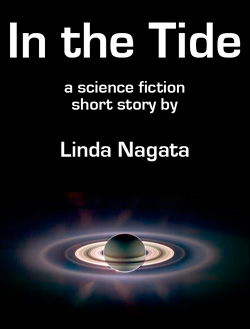The “Vast” Method
Tuesday, November 26th, 2013So…I just finished a very rough draft of The Red: Trials, the follow up to The Red: First Light. There is A LOT of fixing up, figuring out, and filling in to do — and maybe there will be fatal flaws, I don’t know — but this was a very difficult book for me, so getting to this point is a triumph.
For those of you who are writers, I thought I’d share my experience of how I finally got those last pages done, in case you might find it helpful someday.
With many writers it’s common to write faster as you approach the end. That’s usually the case for me, but it didn’t happen this time. I was still slogging through it, even though I really didn’t have that far to go.
This has happened to me before. Long ago, when I was writing the first draft of my novel Vast, I was stuck. I was maybe 80% through and I couldn’t write anymore. I had a decision to make about how the end would work, and the uncertainty of what that decision would be worked to hold me back. I’m a very linear writer. I write chapter 1, then chapter 2, and so on, through to the end. I don’t jump around — until I got stuck writing Vast, that is. Eventually, out of desperation or despair, I jumped ahead and wrote the climactic end of the novel–and after that, writing the rest of the draft was relatively easy.
Every novel is different. With Trials I wasn’t facing a decision about the end. I knew how it would end — the generalities anyway, if not the details — but as with Vast, it turns out I needed to write the climactic ending scene before I could write all the scenes leading up to it. After a terrible writing day, I sat down on the evening of November 21, and skipped to the end. 1500 words later I felt far, far better about things. Over the next five days I added another 8500 words to create the missing scenes. I won’t say the writing was painless, but it was much less of a struggle than almost all the rest of the novel.
So this is the Vast method: when you’ve struggled close to the end but the story still isn’t writing itself, try writing the climactic scene first, and then drop back and fill in the rest.
Sometimes it works.








 I’m a novelist by nature. I’ve only ever written a handful of short stories–and most of those are on the long end of a short story–plus a few novelettes and novellas.
I’m a novelist by nature. I’ve only ever written a handful of short stories–and most of those are on the long end of a short story–plus a few novelettes and novellas.